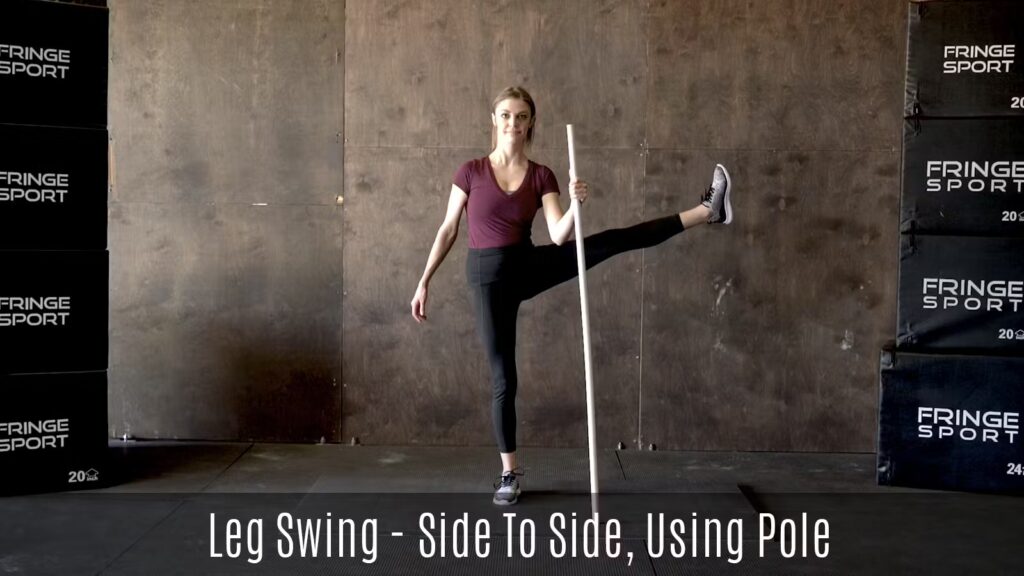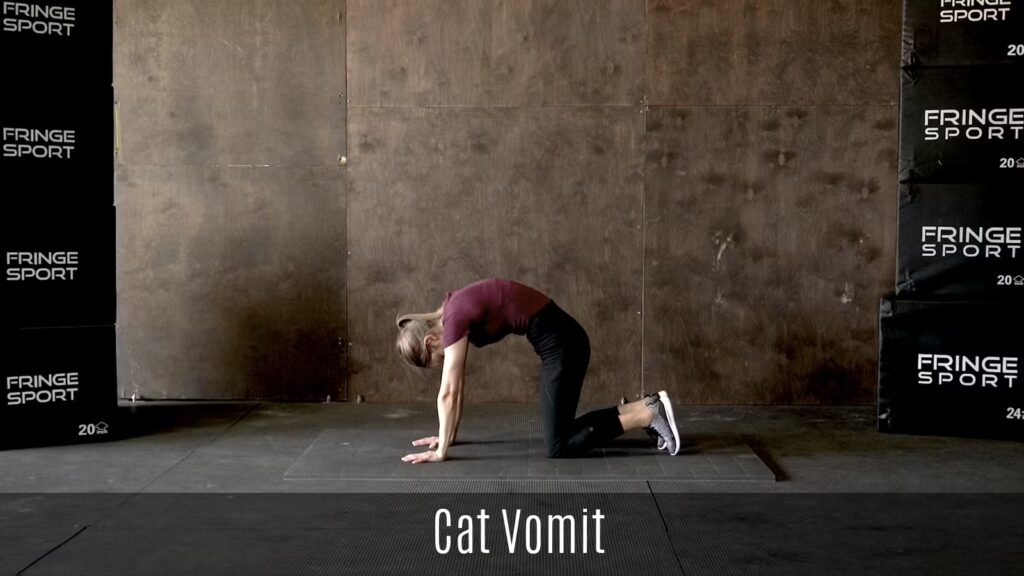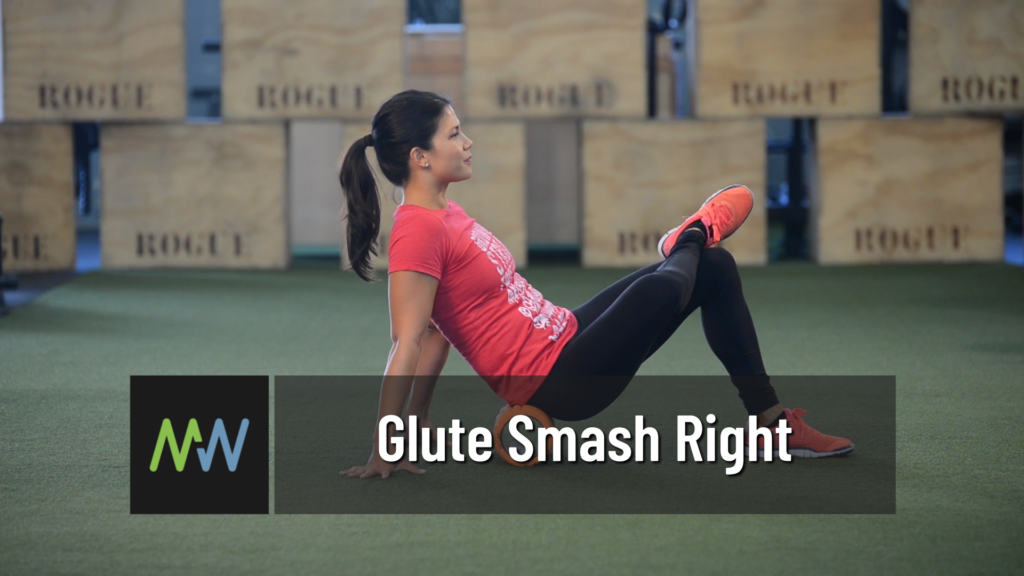Full backbends can be an intimidating posture to attempt. They are definitely an advanced move that should be done with proper care and with an understanding of the fundamentals of the movement. If a backbend is a goal of yours, there are a few postures that you can work on that will help you build up the flexibility and strength to do it one day.
One such yoga-derived stretch, the Sphinx pose, is a gentler version of the Upward Facing Dog. This is a beginner level pose and is great for people who are attempting to increase strength in the spine and stretch the front side of the body. Since the forearms take the brunt of your upper body’s weight, it’s great for beginners who don’t yet have the requisite strength in their wrists and shoulders to raise their entire body off the floor.
Not to mention that it is far less stressful on the spinal column if you are experiencing any issues there. The Sphinx pose is a nice, subtle backbend that will provide a good stretch to your chest, diaphragm, and lower back.

What is the Sphinx Pose?
The sphinx pose is a beginner level pose that can be practiced with an active or passive approach. It is a pose that occurs on the floor and can be adapted for almost any ability level.
To perform this pose, you will start on your stomach on the floor. Extend your legs fully behind you and press the tops of your feet into the floor. From here, place your forearms on the floor as well with your elbows underneath your shoulders. Your palms should be pressing into the floor as well and your arms parallel to each other.
With a big inhale, lift your chest away from the floor and come into this beginner backbend. You can also think about pressing your pubic bone area into the floor as your chest rises off of the ground. The glutes should feel firm in the top of this position, but try not to clinch them.
Hold this position as you breathe deeply in through your nose and out through your mouth. You should feel a nice stretch in your back and chest. We recommend holding for at least 30 seconds and then slowly coming out of the posture. Once you have mastered the sphinx pose, you can work your way to safely performing the cobra posture and then upward facing dog.
The Sphinx Pose Benefits
If you’re someone who sits hunched forward for long periods of time at a desk, the benefits to your lower back should be felt immediately as it realigns the natural curve of the spine that has been compressed in a chair all day long. You’ll find a noticeable improvement in your posture if you perform this stretch on a regular basis.
This pose helps strengthen the back when performed regularly. It can even help tone the glutes as you focus on keeping those muscles engaged while holding the pose.
As you hold the position, remember to focus on your breathing as well, letting your belly rise and fall. Most find the Sphinx position, when combined with steady breathing, to have a quite calming effect both physically and mentally. So, if you find yourself feeling stressed throughout the day, try coming into the sphinx pose as a bit of a reset.
Sphinx Pose Modifications
If you are just attempting backbend practice for the first time, this pose may still be a little bit too intense for you. There are ways to adapt this pose to bring it to your current ability level.
The first modification is to practice this pose standing and against the wall. Stand up straight with your body facing the wall. Place your forearms on the wall, running parallel to each other, and press into it. This should bring you into a very slight backbend and help prep you for moving onto the floor.
If you are ready to work on the floor, but need a way to decrease the stretch in your back, come into the original posture as described above. Instead of placing your elbows under your shoulders, move them out and away from your body. This should decrease the compression in your back but still allow you to come into the shape.
If you have experienced back or neck trauma in your past, it may be best to first consult with your personal healthcare professional before attempting any sort of backbend including this sphinx pose. If you have received the green light from your doctor, start slowly with this pose. We recommend starting with the least intense version and then working your way up to the standard pose. If, at any point throughout the movement, you start to experience pain, come safely out of the pose immediately.
How to perform the Sphinx
Find a mat or a comfortable area.
Lie down on your belly with your legs extended all the way out and the top of your toes resting against the floor. The palms of your hands should be flat against the mat and just under your shoulders as if you were going to do a pushup.
While keeping your lower body and pelvis pressed against the floor, press against the ground with your forearms and palms to slowly raise your chest up with your eyes facing forward. Your two forearms should be parallel to each other and you should now feel a good stretch in your spine as your back bends. Stop if you feel any pain.
Hold this position for 30 seconds and focus on rhythmic deep breathing.



